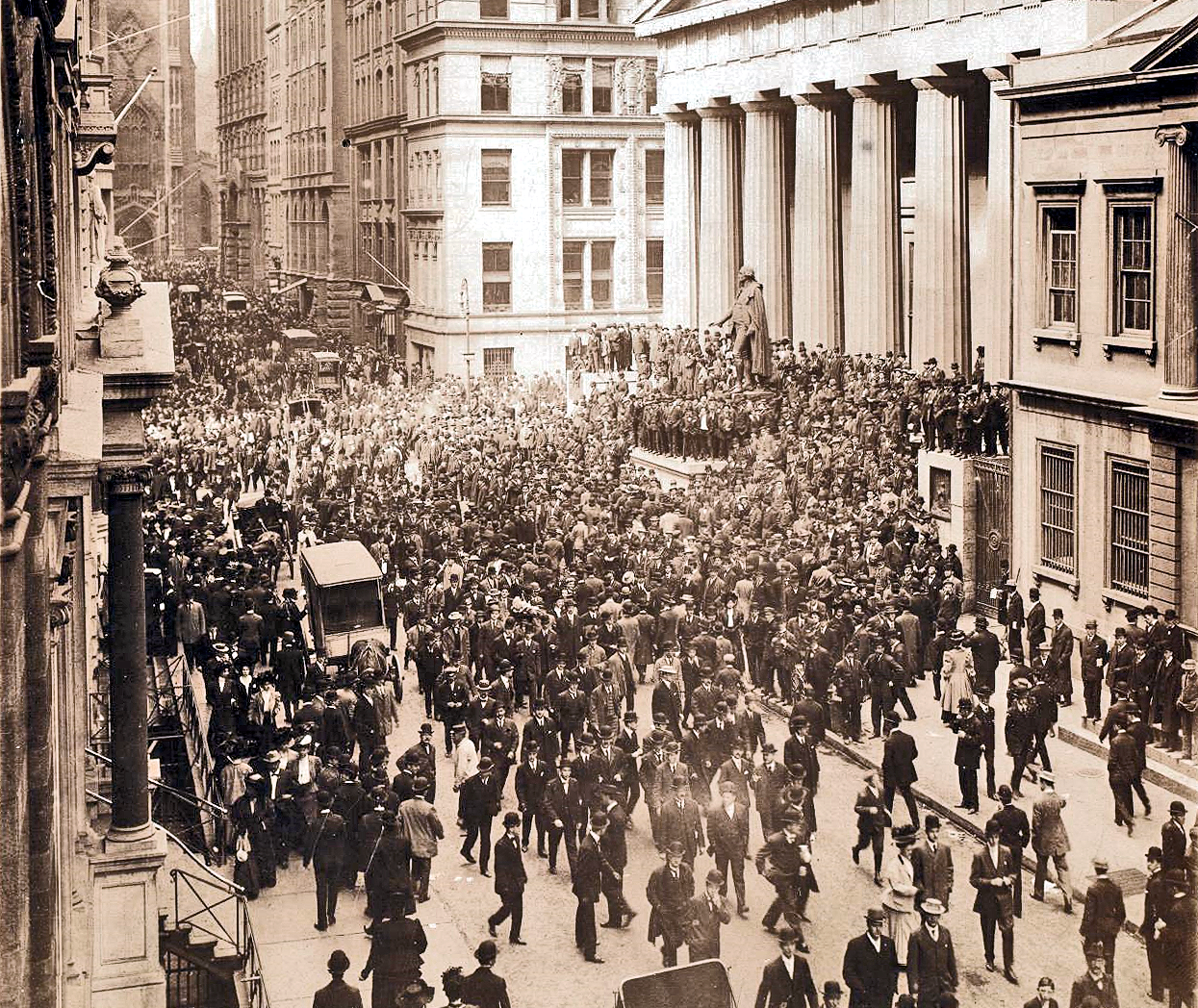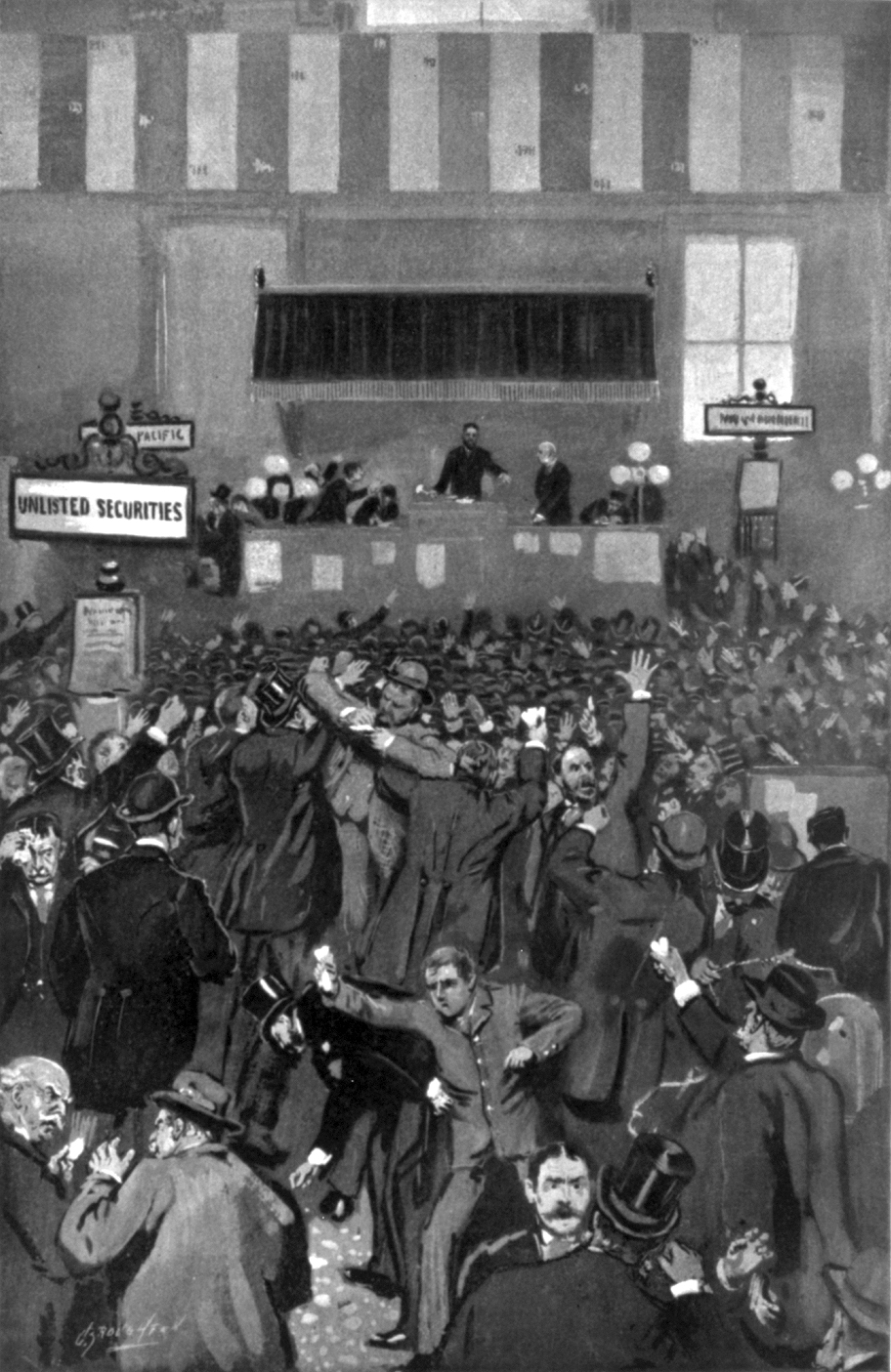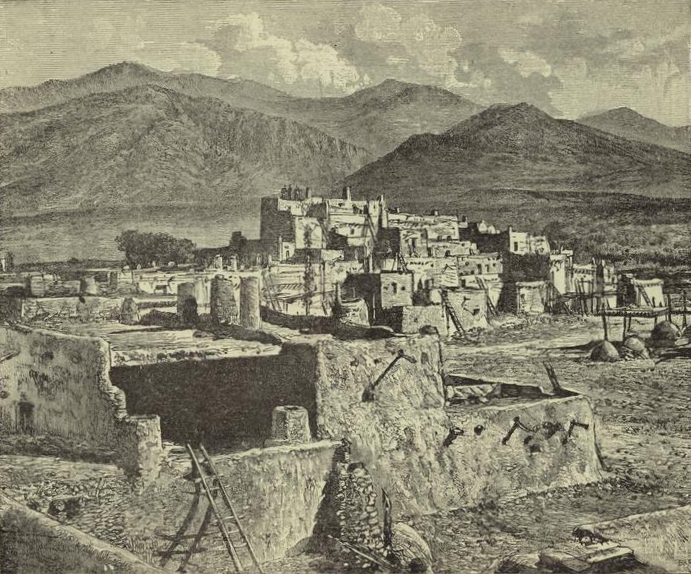|
Silverton, Colorado
Silverton is a statutory town that is the county seat, the most populous community, and the only incorporated municipality in San Juan County, Colorado, United States. The town is located in a remote part of the western San Juan Mountains, a range of the Rocky Mountains. The first mining claims were made in mountains above the Silverton in 1860, near the end of the Colorado Gold Rush and when the land was still controlled by the Utes. Silverton was established shortly after the Utes ceded the region in the 1873 Brunot Agreement, and the town boomed from silver mining until the Panic of 1893 led to a collapse of the silver market, and boomed again from gold mining until the recession caused by the Panic of 1907. The entire town is included as a federally designated National Historic Landmark District, the Silverton Historic District. Originally called "Bakers Park", Silverton sits in a flat area of the Animas River valley and is surrounded by steep peaks. Most of the pea ... [...More Info...] [...Related Items...] OR: [Wikipedia] [Google] [Baidu] |
Town
A town is a type of a human settlement, generally larger than a village but smaller than a city. The criteria for distinguishing a town vary globally, often depending on factors such as population size, economic character, administrative status, or historical significance. In some regions, towns are formally defined by legal charters or government designations, while in others, the term is used informally. Towns typically feature centralized services, infrastructure, and governance, such as municipal authorities, and serve as hubs for commerce, education, and cultural activities within their regions. The concept of a town varies culturally and legally. For example, in the United Kingdom, a town may historically derive its status from a market town designation or City status in the United Kingdom, royal charter, while in the United States, the term is often loosely applied to incorporated municipality, municipalities. In some countries, such as Australia and Canada, distinction ... [...More Info...] [...Related Items...] OR: [Wikipedia] [Google] [Baidu] |
Area Code 970
Area code 970 is a telephone area code in the North American Numbering Plan (NANP) for the western and northern parts of the U.S. of State of Colorado. The numbering plan area includes Aspen, Breckenridge, Durango, Estes Park, Fort Collins, Glenwood Springs, Grand Junction, Greeley, Loveland, Silverthorne, Steamboat Springs, and Vail. History Area code 970 was established on April 2, 1995 in an area code split of area code 303, which was retained by the Denver metropolitan area. In 2023, the North American Numbering Plan Administrator estimated that area code 970 would reach numbering exhaustion by 2026. On December 18, 2023, the Colorado Public Utilities Commission approved the addition of area code 748 for the all-services distributed overlay of NPA 970. The overlay complex is scheduled for service on July 7, 2025. No central office codes of area code 748 may be installed before complete exhaustion of area code 970. Ten-digit dialing Area code 970 has PCS teleph ... [...More Info...] [...Related Items...] OR: [Wikipedia] [Google] [Baidu] |
National Historic Landmark District
A National Historic Landmark District (NHLD) is a geographical area that has received recognition from the United States Government that the buildings, landscapes, cultural features and archaeological resources within it are of the highest significance and worthy of preservation. Characteristics The boundaries of an NHLD typically include contributing properties that may themselves be listed distinctly as a National Historic Landmark or on the National Register of Historic Places but may also include non-contributing properties. The U.S. federal government designates historic districts through the National Park Service, a division of the U.S. Department of the Interior. Once designated an NHL District, districts often become cultural destinations and generate economic benefits for the communities from history-related tourism. NHLDs often qualify for preservation grant monies but dramatic or negative change to them can impact their integrity and create cause for concern over th ... [...More Info...] [...Related Items...] OR: [Wikipedia] [Google] [Baidu] |
Panic Of 1907
The Panic of 1907, also known as the 1907 Bankers' Panic or Knickerbocker Crisis, was a financial crisis that took place in the United States over a three-week period starting in mid-October, when the New York Stock Exchange suddenly fell almost 50% from its peak the previous year. The panic occurred during a time of economic recession, and there were numerous bank run, runs affecting banks and trust company, trust companies. The 1907 panic eventually spread throughout the nation when many state and local banks and businesses entered bankruptcy. The primary causes of the run included a retraction of market liquidity by a number of New York City banks and a loss of confidence among depositors, exacerbated by unregulated side bets at bucket shop (stock market), bucket shops. The panic was triggered by the failed attempt in October 1907 to cornering the market, corner the market on stock of the United Copper, United Copper Company. When the bid failed, banks that had lent money to t ... [...More Info...] [...Related Items...] OR: [Wikipedia] [Google] [Baidu] |
Panic Of 1893
The Panic of 1893 was an economic depression in the United States. It began in February 1893 and officially ended eight months later. The Panic of 1896 followed. It was the most serious economic depression in history until the Great Depression of the 1930s. The Panic of 1893 deeply affected every sector of the economy and produced political upheaval that led to the political realignment and the presidency of William McKinley. The panic climaxed with a run on gold from the United States Treasury. As part of the panic, on May 5, 1893, the Dow Jones Industrial Average fell 24% in a single day after the bankruptcy of National Cordage Company; this was the largest single day drop until the Great Depression. Unemployment rates in many states rose above 25% and poverty became widespread. Causes Causes of the panic include: * Baring crisis - Heavy investment in Argentina by Barings Bank followed by the 1890 wheat crop failure and the Revolution of the Park, a failed coup in Buenos ... [...More Info...] [...Related Items...] OR: [Wikipedia] [Google] [Baidu] |
Boomtown
A boomtown is a community that undergoes sudden and rapid population and economic growth, or that is started from scratch. The growth is normally attributed to the nearby discovery of a precious resource such as gold, silver, or oil, although the term can also be applied to communities growing very rapidly for different reasons, such as a proximity to a major metropolitan area, large infrastructure projects, or an attractive climate. First boomtowns Early boomtowns, such as Leeds, Liverpool, and Manchester, experienced a dramatic surge in population and economic activity during the Industrial Revolution at the turn of the 19th century. In pre-industrial England these towns had been relative backwaters, compared to the more important market towns of Bristol, Norwich, and York, but they soon became major urban and industrial centres. Although these boomtowns did not directly owe their sudden growth to the discovery of a local natural resource, the factories were set up there to ... [...More Info...] [...Related Items...] OR: [Wikipedia] [Google] [Baidu] |
Brunot Agreement
Ouray (, c. 1833 – August 20, 1880) was a Native American chief of the Tabeguache (Uncompahgre) band of the Ute tribe, then located in western Colorado. Because of his leadership ability, Ouray was acknowledged by the United States government as a chief of the Ute and he traveled to Washington, D.C. to negotiate for the welfare of the Utes. Raised in the culturally diverse town of Taos, Ouray learned to speak many languages that helped him in the negotiations, which were complicated by the manipulation of his grief over his five-year-old son, abducted during an attack by the Sioux. Ouray met with Presidents Lincoln, Grant, and Hayes and was called the "man of peace" because he sought to make treaties with settlers and the government. Following the Meeker Massacre (White River War) of 1879, he traveled in 1880 to Washington, D.C. He tried to secure a treaty for the Uncompahgre Ute, who wanted to stay in Colorado; but, the following year, the United States forced the Uncompahgr ... [...More Info...] [...Related Items...] OR: [Wikipedia] [Google] [Baidu] |
Ute People
Ute () are an Indigenous peoples of the Great Basin, Indigenous people of the Great Basin and Colorado Plateau in present-day Utah, western Colorado, and northern New Mexico.Pritkzer''A Native American Encyclopedia'' p. 242 Historically, their territory also included parts of Wyoming, eastern Nevada, and Arizona. Their Ute dialect is a Colorado River Numic language, part of the Uto-Aztecan language family Historically, the Utes belonged to almost a dozen nomadic bands, who came together for ceremonies and trade. They also traded with neighboring tribes, including Pueblo peoples. The Ute had settled in the Four Corners region by 1500 CE. The Utes' first contact with Europeans was with the Spanish in the 18th century. The Utes had already acquired horses from neighboring tribes by the late 17th century. They had limited direct contact with the Spanish but participated in regional trade. Sustained contact with Euro-Americans began in 1847 with the arrival of the Mormons to the Am ... [...More Info...] [...Related Items...] OR: [Wikipedia] [Google] [Baidu] |
Rocky Mountains
The Rocky Mountains, also known as the Rockies, are a major mountain range and the largest mountain system in North America. The Rocky Mountains stretch in great-circle distance, straight-line distance from the northernmost part of Western Canada, to New Mexico in the Southwestern United States. Depending on differing definitions between Canada and the U.S., its northern terminus is located either in northern British Columbia's Terminal Range south of the Liard River and east of Rocky Mountain Trench, the Trench, or in the northeastern foothills of the Brooks Range/British Mountains that face the Beaufort Sea coasts between the Canning River (Alaska), Canning River and the Firth River across the Alaska-Yukon border. Its southernmost point is near the Albuquerque metropolitan area, Albuquerque area adjacent to the Rio Grande rift and north of the Sandia–Manzano Mountains, Sandia–Manzano Mountain Range. Being the easternmost portion of the North American Cordillera, the Rockie ... [...More Info...] [...Related Items...] OR: [Wikipedia] [Google] [Baidu] |
San Juan Mountains
The San Juan Mountains is a high and rugged mountain range in the Rocky Mountains in southwestern Colorado and northwestern New Mexico. The area is highly mineralized (the Colorado Mineral Belt) and figured in the gold and silver mining industry of early Colorado. Major towns, all old mining camps, include Creede, Lake City, Silverton, Ouray, and Telluride. Large scale mining has ended in the region, although independent prospectors still work claims throughout the range. The last large-scale mines were the Sunnyside Mine near Silverton, which operated until late in the 20th century, and the Idarado Mine on Red Mountain Pass, which closed in the 1970s. Famous old San Juan mines include the Camp Bird and Smuggler Union mines, both located between Telluride and Ouray. The Summitville mine was the scene of a major environmental disaster in the 1990s when the liner of a cyanide-laced tailing pond began leaking heavily. Summitville is in the Summitville caldera, one ... [...More Info...] [...Related Items...] OR: [Wikipedia] [Google] [Baidu] |
County Seat
A county seat is an administrative center, seat of government, or capital city of a county or parish (administrative division), civil parish. The term is in use in five countries: Canada, China, Hungary, Romania, and the United States. An equivalent term, shire town, is used in the U.S. state of Vermont and in several other English-speaking jurisdictions. Canada In Canada, the Provinces and territories of Canada, provinces of Ontario, Quebec, New Brunswick, Prince Edward Island, and Nova Scotia have counties as an administrative division of government below the provincial level, and thus county seats. In the provinces of Prince Edward Island, New Brunswick, and Nova Scotia, the term "shire town" is used in place of county seat. China County seats in China are the administrative centers of the counties in the China, People's Republic of China. They have existed since the Warring States period and were set up nationwide by the Qin dynasty. The number of counties in China proper g ... [...More Info...] [...Related Items...] OR: [Wikipedia] [Google] [Baidu] |










